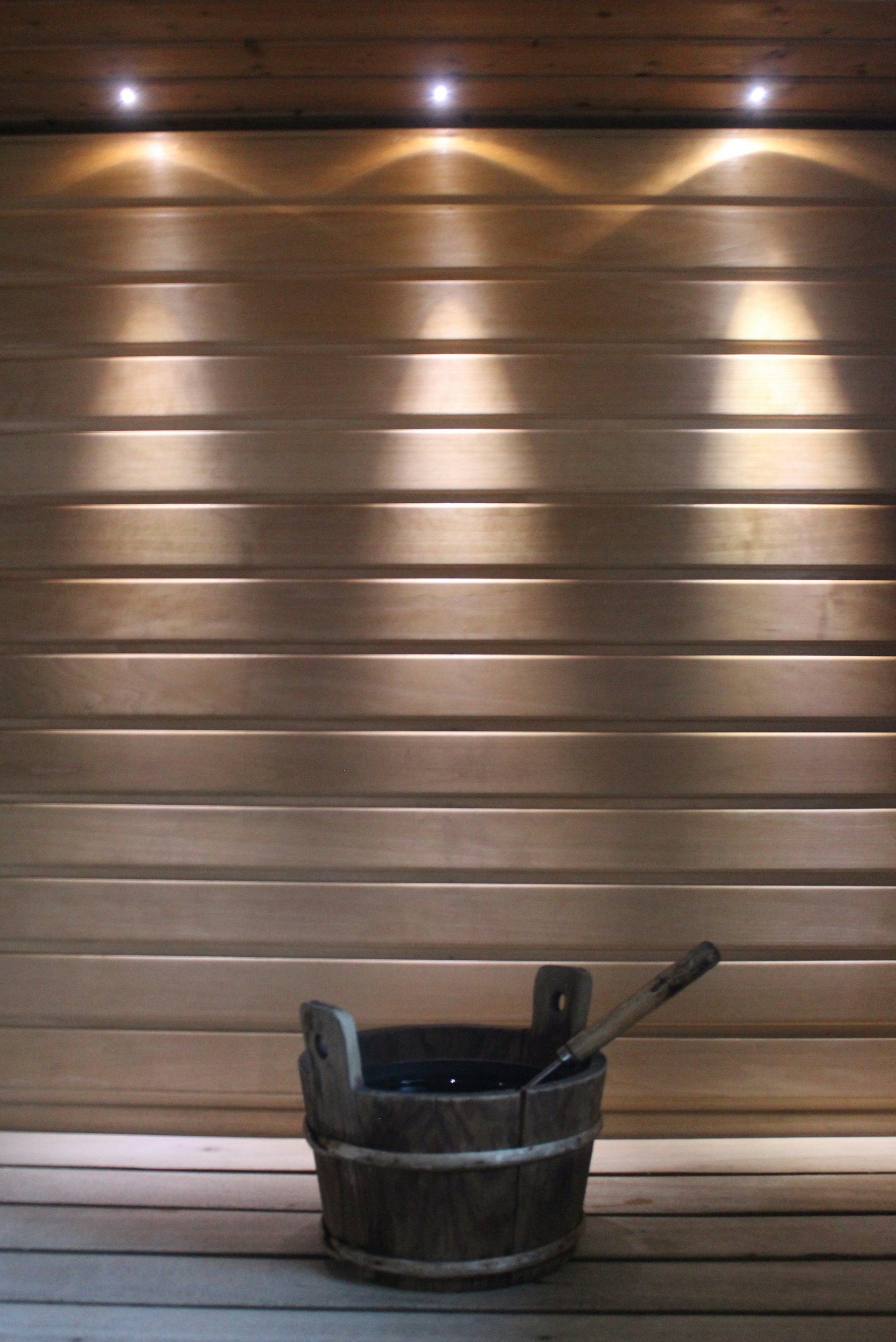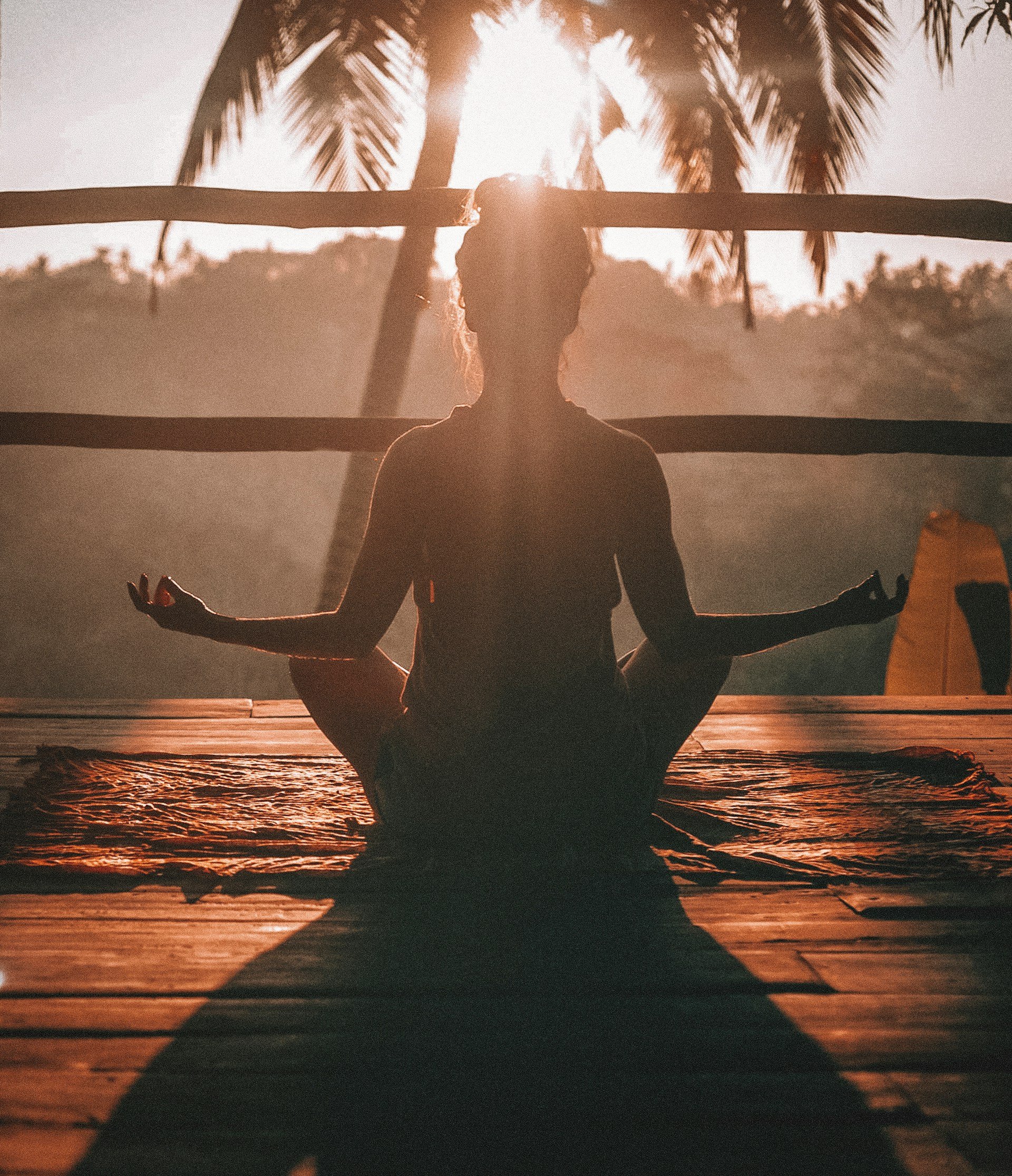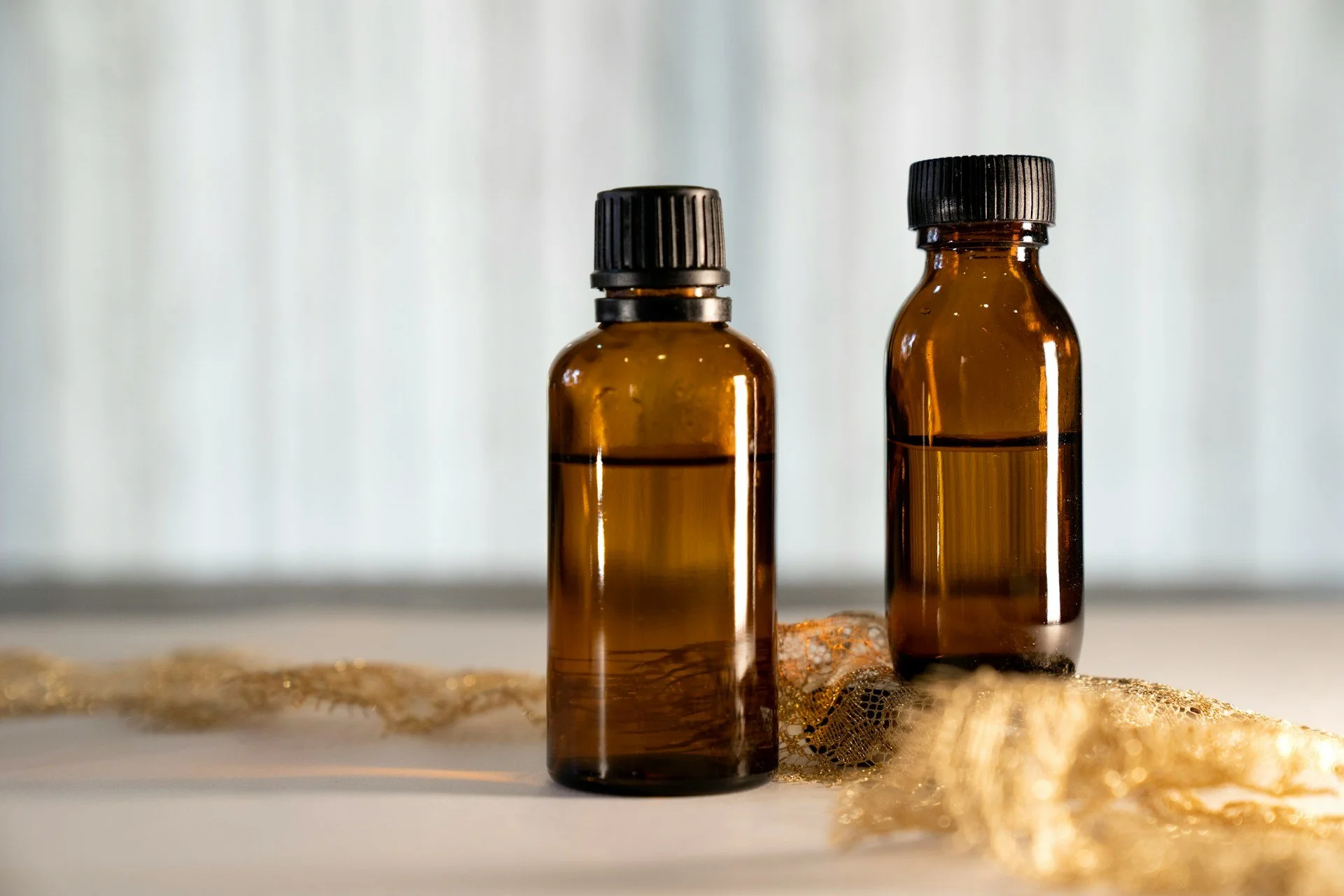Ah, the spa. The sacred sanctuary where we escape the chaos of daily life, indulge in some much-needed pampering, and pretend that we don’t have a hundred emails waiting for us when we get home. But, as we drift off into blissful oblivion, have we ever stopped to think about the environmental impact of our favorite relaxation rituals? Welcome to the world of nature therapy and eco-friendly spa practices, where sustainability meets serenity and your spa day doesn’t come at the expense of Mother Earth.
The Rise of Eco-Friendly Spas: Not Just a Fad
Let’s face it: the wellness industry is booming. From yoga retreats in Bali to detox cleanses that make you question your life choices, there’s no shortage of ways to rejuvenate your body and mind. But, with great pampering comes great responsibility. Traditional spa practices often involve a lot of water, electricity, and single-use products. Enter eco-friendly spas, the superhero sanctuaries of the wellness world, championing sustainable practices and proving that you can be both relaxed and responsible.
Green is the New Black: Sustainable Spa Practices
Eco-friendly spas are not just about slapping a green label on their products and calling it a day. They are committed to sustainable wellness through a variety of practices that are as good for the planet as they are for you. Here’s a peek behind the bamboo curtain at some of the key eco-friendly spa practices:
1. Natural and Organic Products
Gone are the days when spa treatments involved slathering on synthetic chemicals and artificial fragrances. Eco-friendly spas use natural and organic products that are free from harmful chemicals and toxins. Think essential oils distilled from organically grown plants, scrubs made from fair-trade coffee grounds, and face masks concocted from locally sourced clay. These products not only nourish your skin but also reduce the environmental footprint of your spa day.
2. Sustainable Materials and Décor
An eco-friendly spa doesn’t just look good; it feels good too. Sustainable spas use materials like reclaimed wood, bamboo, and recycled metal in their construction and décor. Even the fluffy towels and comfy robes are often made from organic cotton or bamboo fibers. By choosing sustainable materials, these spas create a serene environment that aligns with their commitment to protecting the planet.
3. Energy Efficiency
Spas are notorious energy guzzlers, with saunas, steam rooms, and hot tubs working overtime to keep you relaxed. Eco-friendly spas, however, are all about energy efficiency. They install energy-saving lighting, use solar panels to power their facilities, and employ state-of-the-art insulation to reduce heating and cooling needs. Some even use geothermal energy to heat their pools and saunas. So, while you’re sweating it out in the sauna, you can rest easy knowing that your spa is sweating the details on energy conservation.
4. Water Conservation
Water is a precious resource, and eco-friendly spas are on a mission to use it wisely. They implement water-saving technologies like low-flow showerheads, rainwater harvesting systems, and efficient filtration systems for pools and hot tubs. Some spas even offer treatments that use minimal water, such as dry brushing or mud wraps. By prioritizing water conservation, these spas ensure that you can soak without soaking the planet.
5. Waste Reduction and Recycling
From plastic bottles to disposable razors, traditional spas generate a significant amount of waste. Eco-friendly spas tackle this issue head-on by reducing single-use items and implementing robust recycling programs. They use reusable containers, biodegradable packaging, and compostable materials wherever possible. Plus, many spas partner with local recycling programs to ensure that any waste they do produce is properly managed.
Nature-Inspired Treatments: Bringing the Outdoors In
One of the hallmarks of eco-friendly spas is their emphasis on nature-inspired treatments. These therapies harness the healing power of the natural world, bringing the outdoors into the spa environment and reconnecting you with the earth. Here are some of the most popular nature-inspired treatments you can expect at an eco-friendly spa:
1. Forest Bathing
No, this doesn’t mean taking a bath in the middle of a forest (though that does sound intriguing). Forest bathing, or shinrin-yoku, is a Japanese practice that involves immersing yourself in the sights, sounds, and smells of the forest. Eco-friendly spas recreate this experience with outdoor treatment areas surrounded by trees, guided meditations that focus on nature, and even indoor environments that mimic the tranquility of a forest.
2. Herbal Infusions
Herbs have been used for centuries for their therapeutic properties, and eco-friendly spas are tapping into this ancient wisdom. Herbal infusions can be found in teas, baths, and steam rooms, using herbs like lavender, chamomile, and rosemary to soothe the mind and body. These treatments not only relax you but also provide the added benefit of nourishing your skin and boosting your immune system.
3. Mud and Clay Treatments
There’s something primal about slathering yourself in mud, and eco-friendly spas are all about tapping into that earthy goodness. Mud and clay treatments detoxify the skin, improve circulation, and provide essential minerals. Plus, they’re incredibly fun. Whether it’s a Dead Sea mud wrap or a local clay mask, these treatments connect you with the earth in a deeply satisfying way.
4. Aromatherapy
Essential oils are the unsung heroes of the spa world, offering a myriad of benefits from relaxation to rejuvenation. Eco-friendly spas use high-quality, sustainably sourced essential oils in their treatments, from massages to diffusers. Lavender for relaxation, eucalyptus for invigoration, and tea tree for cleansing—the possibilities are endless and oh-so-delightful.
DIY Eco-Friendly Spa Practices: Bringing the Spa Home
We can’t all jet off to an eco-friendly spa every weekend (as much as we might like to). But fear not! You can bring the essence of sustainable wellness into your home with these DIY eco-friendly spa practices:
1. Homemade Scrubs
Ditch the store-bought scrubs laden with microplastics and make your own at home. A simple sugar scrub made with organic sugar and coconut oil can do wonders for your skin. Add a few drops of essential oil for an extra touch of luxury.
2. Natural Face Masks
Whip up a face mask using ingredients from your kitchen. Avocado, honey, and oatmeal make for a nourishing mask that’s good enough to eat (literally). These natural ingredients are not only effective but also kind to the planet.
3. Eco-Friendly Bath Soaks
Create your own bath soak using Epsom salts, baking soda, and a few drops of essential oil. Not only will this detoxify your body, but it also avoids the unnecessary packaging and chemicals found in many commercial bath products.
4. Herbal Tea Rituals
Take a moment to unwind with a cup of herbal tea. Choose organic, fair-trade options and savor the simple pleasure of a warm, soothing beverage. Whether it’s chamomile, peppermint, or hibiscus, herbal teas offer a moment of peace and a connection to nature.
The Future of Eco-Friendly Spas: Where Wellness Meets Sustainability
As the demand for sustainable wellness continues to grow, the future of eco-friendly spas looks bright. Here’s a glimpse into what we can expect from the spas of tomorrow:
1. Innovative Eco-Technology
The future of eco-friendly spas lies in innovative technologies that further reduce environmental impact. Expect to see advancements in waterless treatments, biodegradable spa products, and even zero-waste facilities. The integration of smart technology will also play a role, with spas using data to optimize energy and water use, creating even more efficient and sustainable operations.
2. Community and Connection
Future spas will focus on building community and fostering connections with nature and each other. This could include communal gardens where guests can participate in growing their own herbs for treatments, or eco-therapy sessions that combine wellness practices with environmental education. These initiatives will not only enhance the spa experience but also promote a deeper understanding and appreciation of sustainability.
3. Holistic Approaches
As our understanding of wellness evolves, future spas will adopt more holistic approaches that address physical, mental, and environmental health. This might include treatments that combine traditional spa rituals with alternative therapies like sound healing, crystal therapy, and eco-psychology. By taking a comprehensive approach to wellness, these spas will offer a more integrated and transformative experience.
4. Sustainable Travel Experiences
For those seeking a deeper connection with nature, future eco-friendly spas will offer immersive travel experiences that combine wellness with sustainable tourism. Think eco-resorts nestled in pristine natural settings, offering everything from guided nature walks to conservation projects. These experiences will provide a holistic escape that nurtures both the individual and the environment.
Conclusion: Pamper Yourself and the Planet
In a world where self-care often feels at odds with sustainability, eco-friendly spas offer a refreshing alternative. They prove that you don’t have to choose between pampering yourself and protecting the planet. With their commitment to natural products, sustainable practices, and nature-inspired treatments, these spas provide a sanctuary where you can rejuvenate your body, mind, and soul without leaving a hefty carbon footprint.
So, the next time you’re in need of some R&R, consider an eco-friendly spa. Not only will you emerge feeling like a brand-new person, but you’ll also be supporting practices that care for our beautiful planet. And if a spa day isn’t in the cards, bring a bit of that sustainable serenity into your home with DIY treatments that honor both your wellness and the environment. After all, true relaxation is knowing that you’re doing your part for the earth while indulging in some well-deserved pampering.
Here’s to a future where wellness and sustainability walk hand in hand, where every spa day is a step towards a healthier you and a healthier planet. Now, if you’ll excuse me, I have an eco-friendly bath soak calling my name.
















































